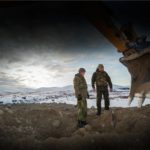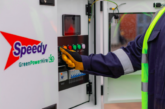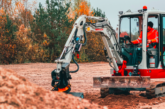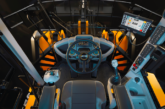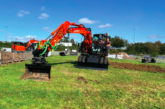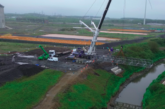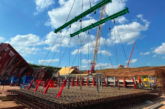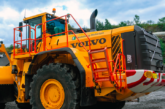The Norwegian technology company Steer AS has in August 2019 launched their new cloud based technology for remote control of construction equipment. This solution is developed to increase production capacity, and also minimize risk by removing the operator from dangerous operations and environments such as landfills, unstable terrain, pollution, extreme temperatures, explosives, land mines and radiation.

Cloud technology with no limitations
The machines can be controlled remotely via a high resolution video with low latency, or they can be run semi-autonomously via pre-defined routes. Steer gives the driver the option to handle several equipment simultaneously, and the driver can easily swap vehicles or equipment by using the intuitive touch screen. There are no limitations of the distance between the driver and the equipment as all communication is online based (Wi-Fi/4G/5G). It is possible to place 3 drivers in 3 different global time zones where the drivers control the same equipment divided in 3 shifts.
This means that the production can be increased to a full 24-hour shift! The company is already having interest from a large construction player in the Middle East, who are keen to utilize this technology to cut costs, increase production and minimize Health and Safety risks for their employees.
The integration of Steer technology into customers’ construction equipment is easy, and the technology can be used on
all types of vehicles, and with little investments or reconstructions of the vehicles.
“We have successfully retrofitted and remotely controlled vehicles such as excavators, bulldozers and tractors from Caterpillar, Volvo and John Deere (amongst others). The hardware and software developed by Steer makes the cloud technology extremely flexible and quick to install”, says Head of Development Mr Lars Tronsmoen. Mr Tronsmoen continues: “We have an amazing integration layer that enables us to remove the original physical monitors and systems in the machine, in order to place these at the site of the remote driver. This means that the driver can do the same operations from the remote driver seat as in the physical machine”.
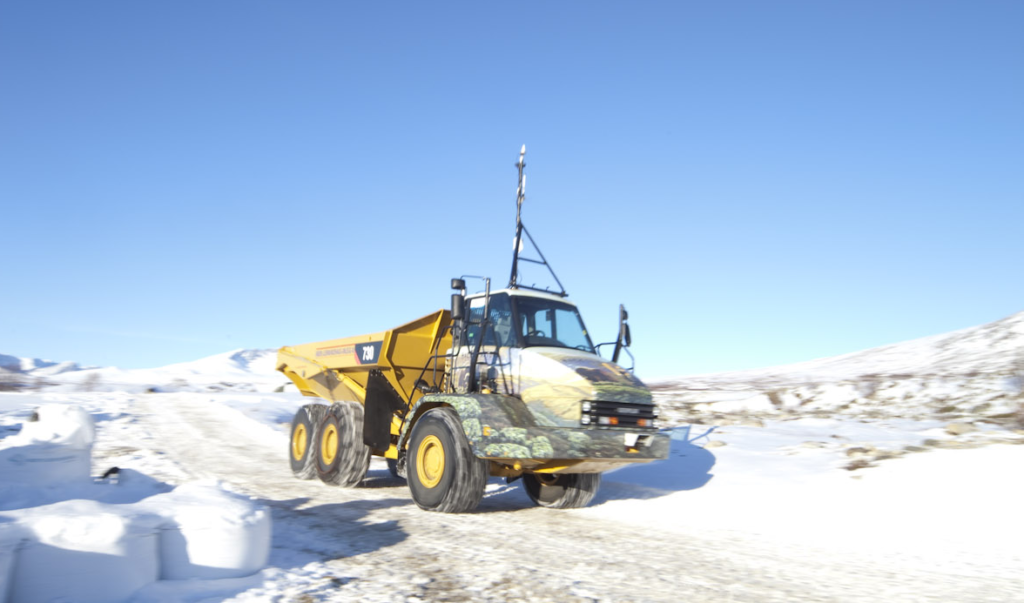
Solid operational experience and a practical approach is vital
From the early stages of the development, the company has continuously tested the technology in different types of construction vehicles as part of pilot projects for customers such as Statnett, Orica Explosives and the Norwegian Armed Forces. Thousands of hours of test driving via remote control has been conducted. Steer CEO Mr Ole Gjermundshaug explains that pilot projects such as these are essential to test and develop the technology: “Our industry is focused on the operational element where there is a quick turnover, tight deadlines and a number of unknown factors to consider. We can’t develop a product like this in the office. The team spends a lot of time in the field with the drivers of these vehicles in order to receive quick and honest feedback enabling us to continuously test, develop and improve the solution. A close relationship with customers and end users is one of the key factors that allows us to quickly develop the product according to what the market needs.“
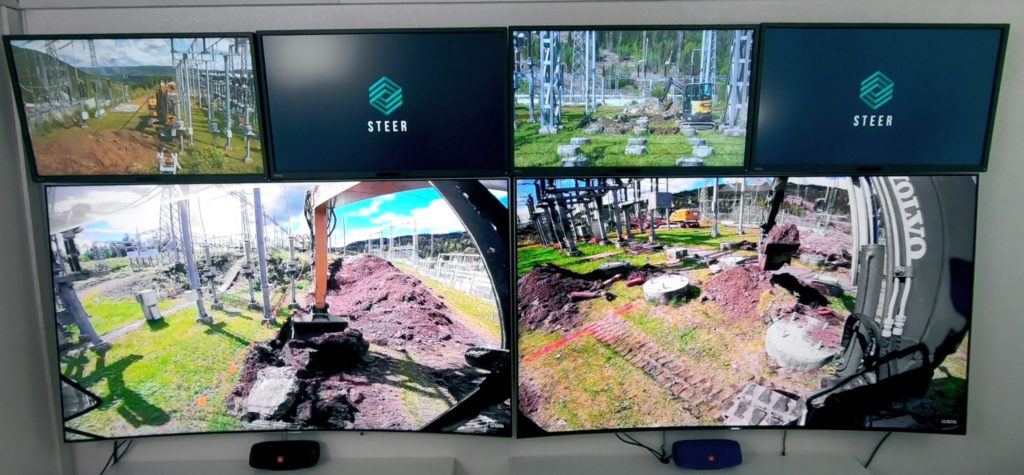
What’s next for Steer
Until now Steer has kept a low profile and focused on developing the technology and working on pilot projects. Despite the low profile, the company was discovered by Caterpillar via a Google search result, and earlier this year Steer was invited to present the solution to a group of US Caterpillar directors. “We are now confident that our technology is ready for the market, and we are in the process of expanding our teams within sales, marketing and support to meet the increased demand. In addition, we are working on selecting international partners, so we are very excited about the future,” adds Head of Marketing Mr Pål Ligård.

